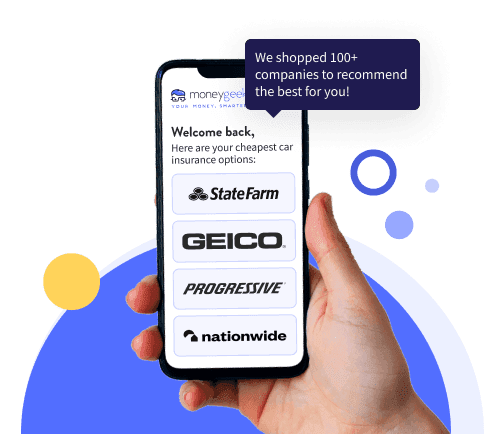The recommendations below come from a team of Licensed Property and Casualty Insurance Producers and our MoneyGeek Advisory Counsel which has over 50 years of experience in the car insurance industry.
The Insurance Information Institute high-level recommendations for how much car insurance is enough:
- Meet state law requirements (explained below)
- Protect your assets and avoid financial consequences of a serious accident by considering full coverage and optional add-on coverage
- Meet lender requirements (if you finance or lease)
While each buyer should evaluate their personal financial situation, below is a summary recommendation of how much car insurance you need and what coverage you should buy.






